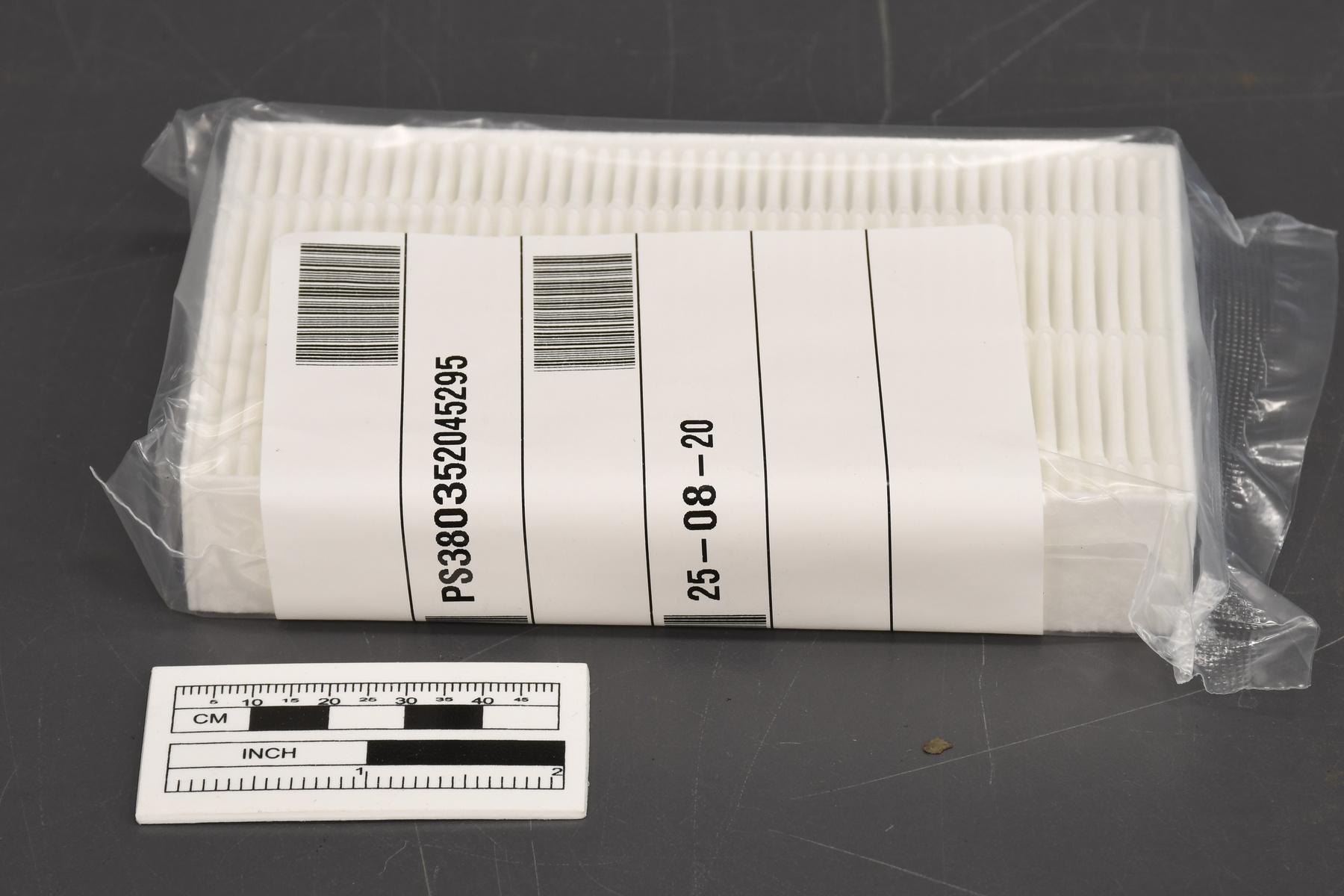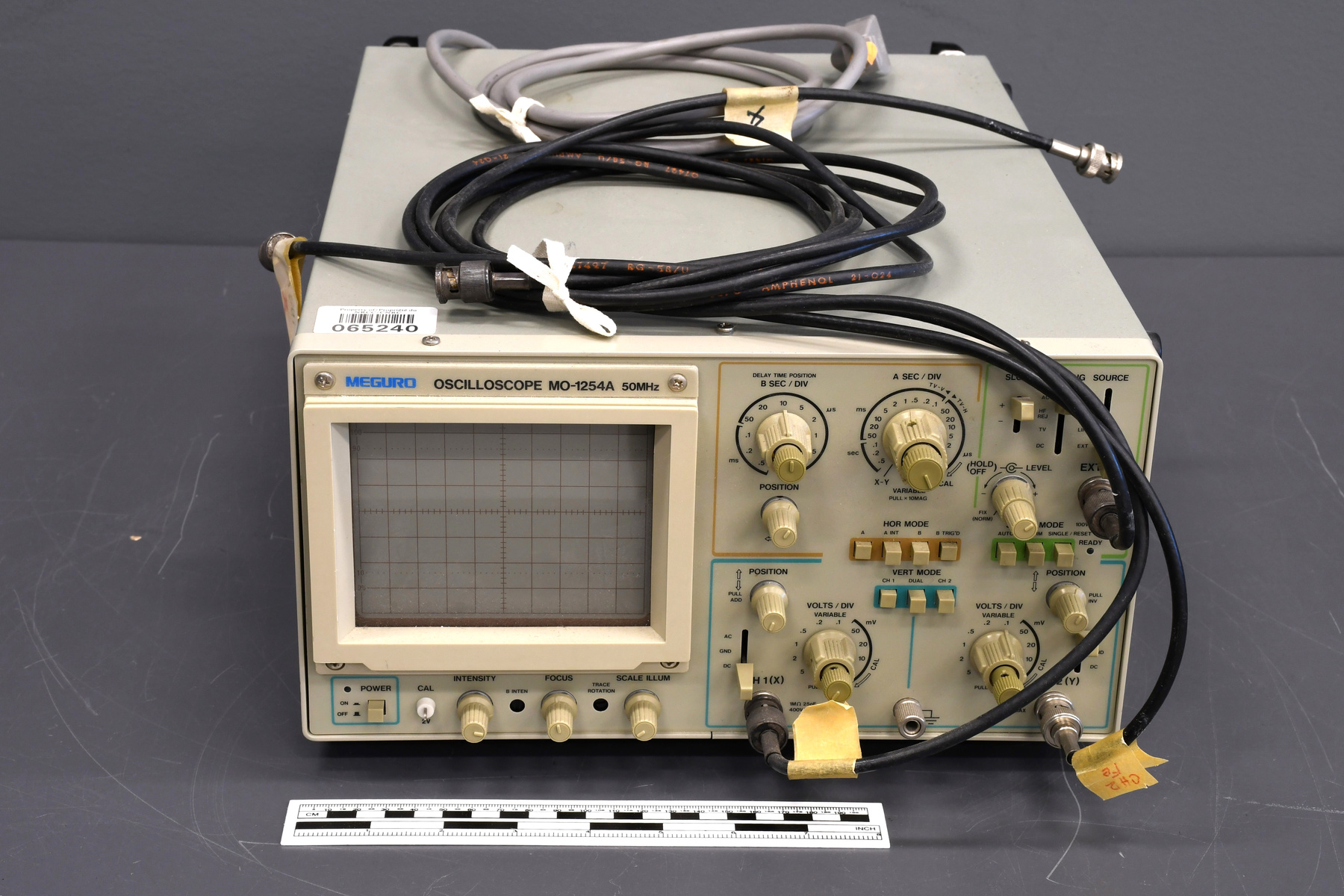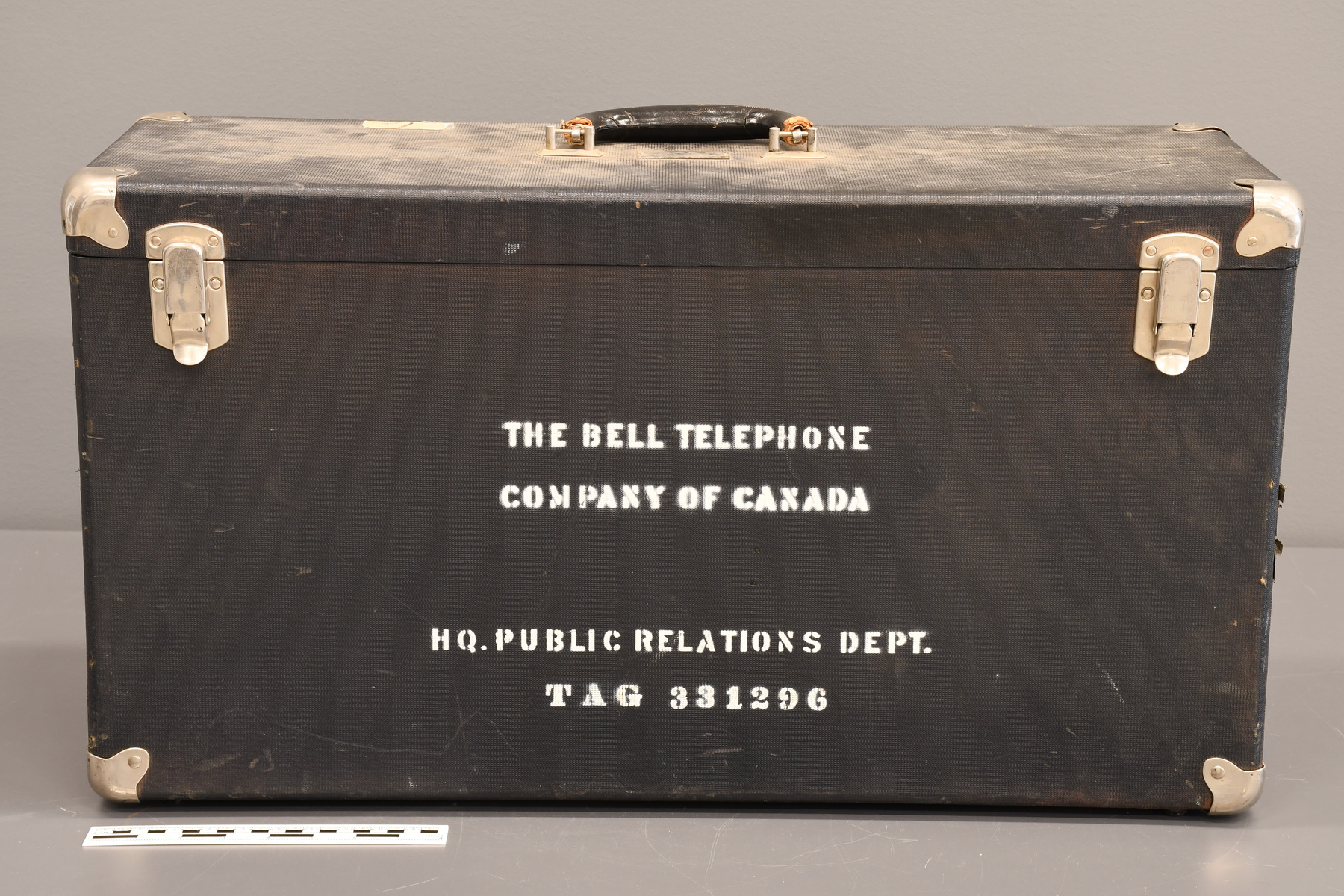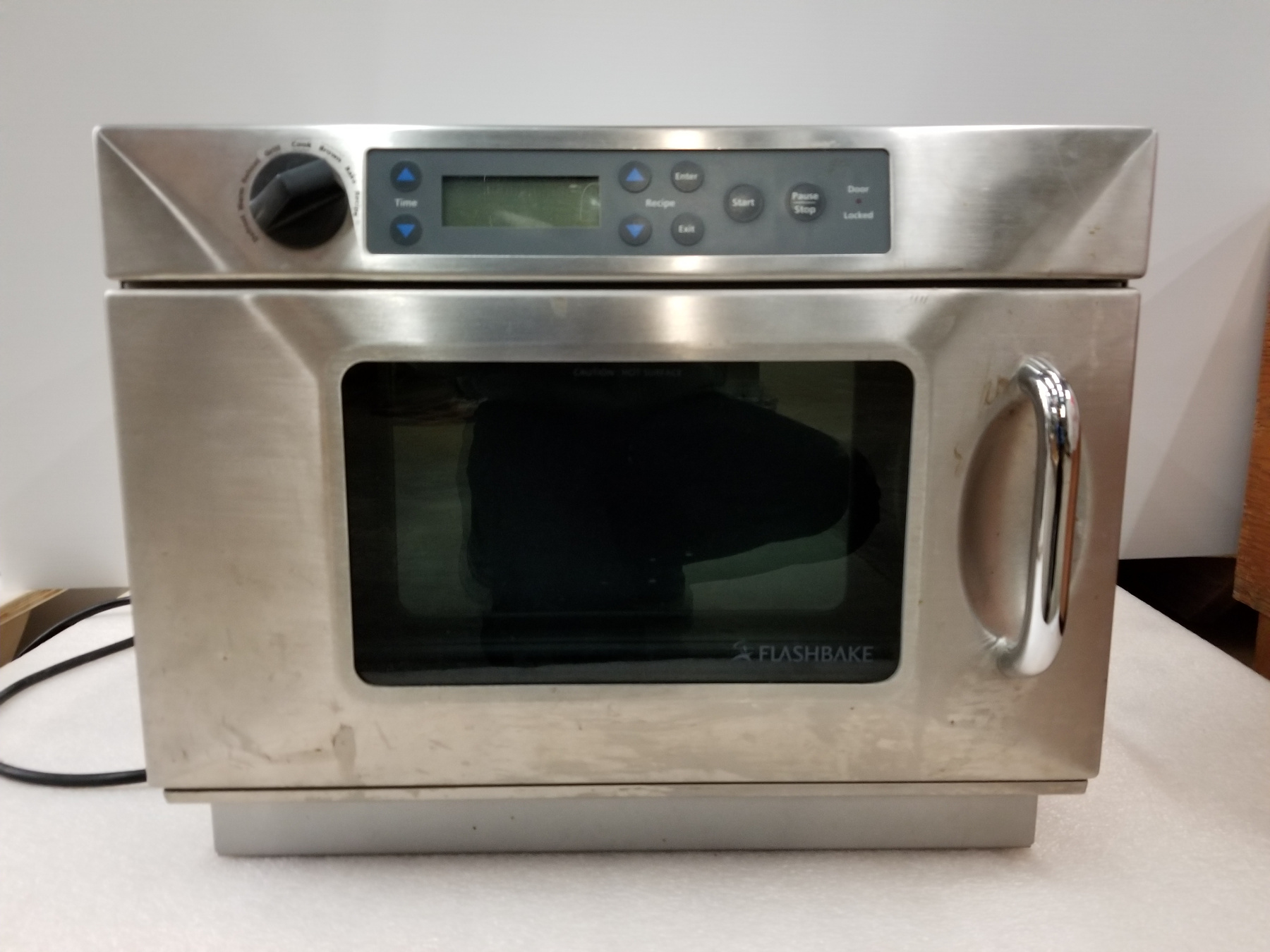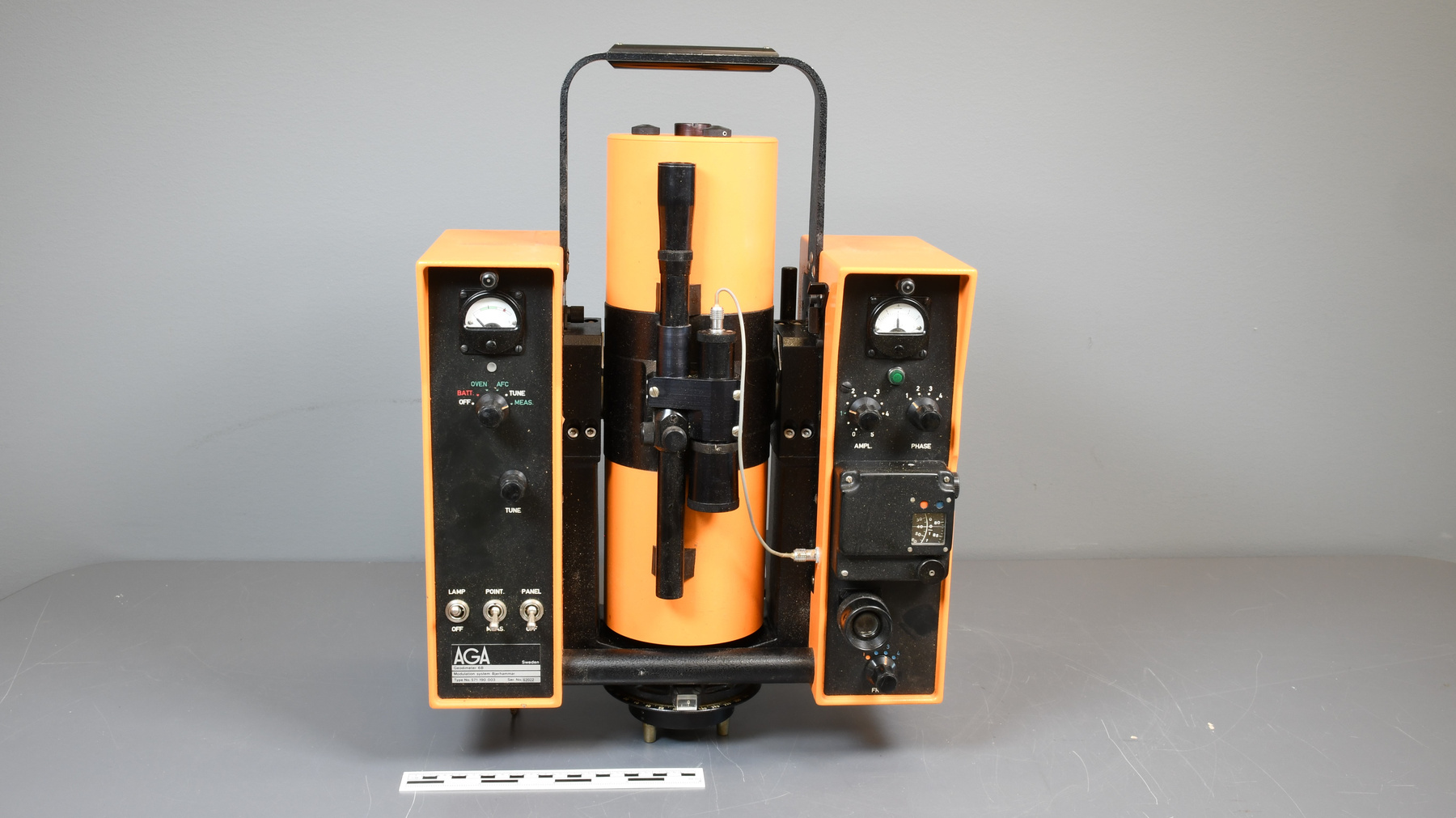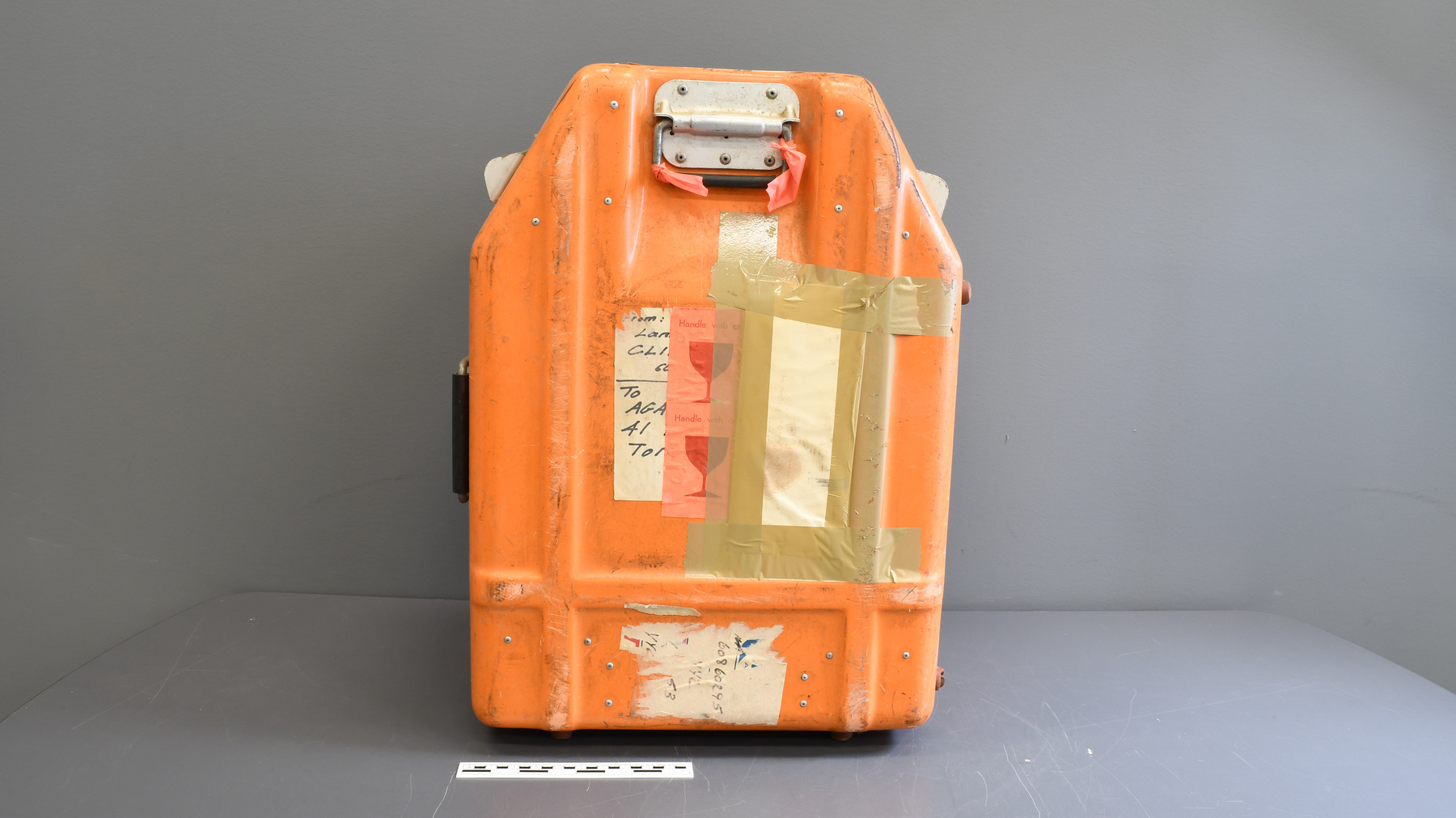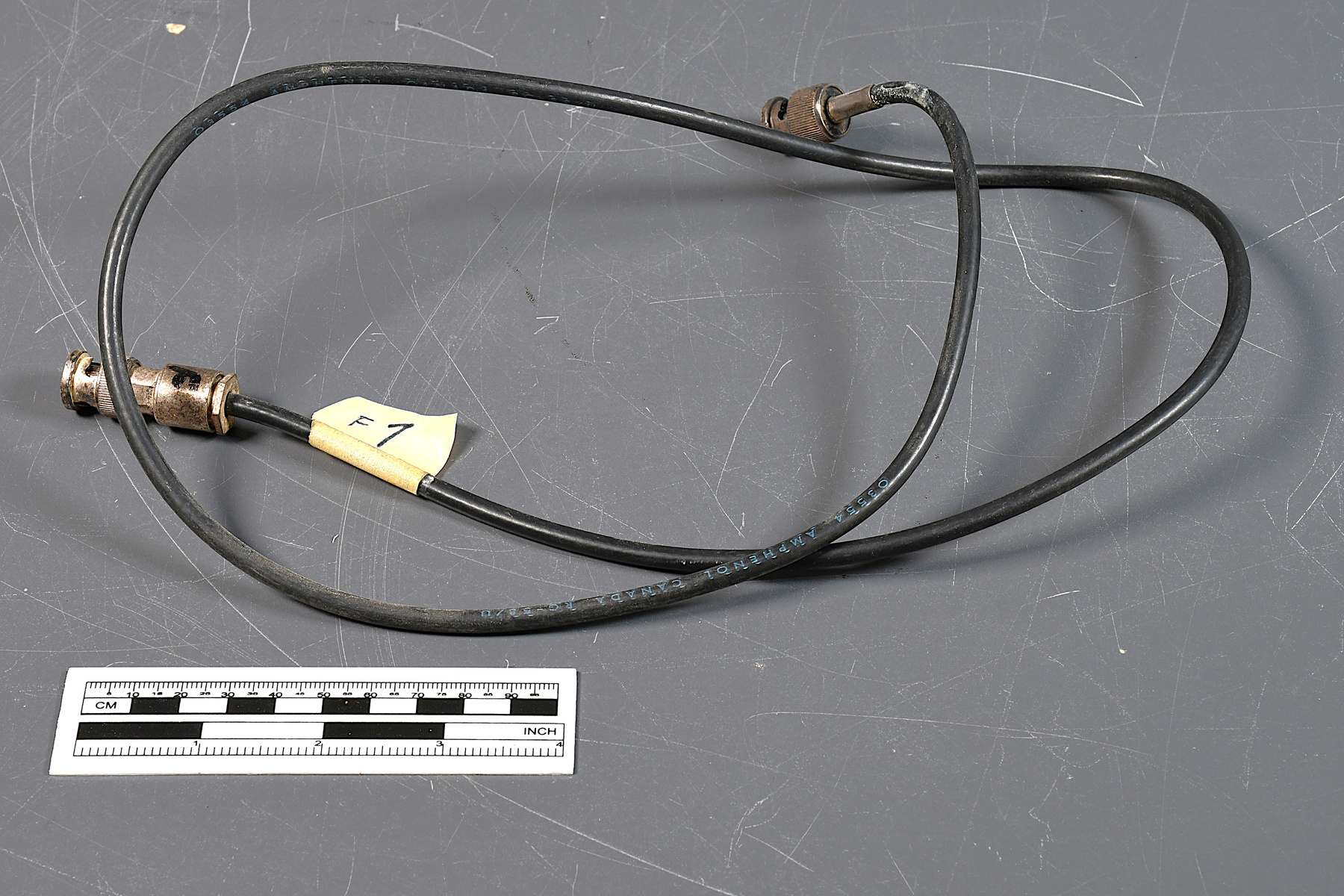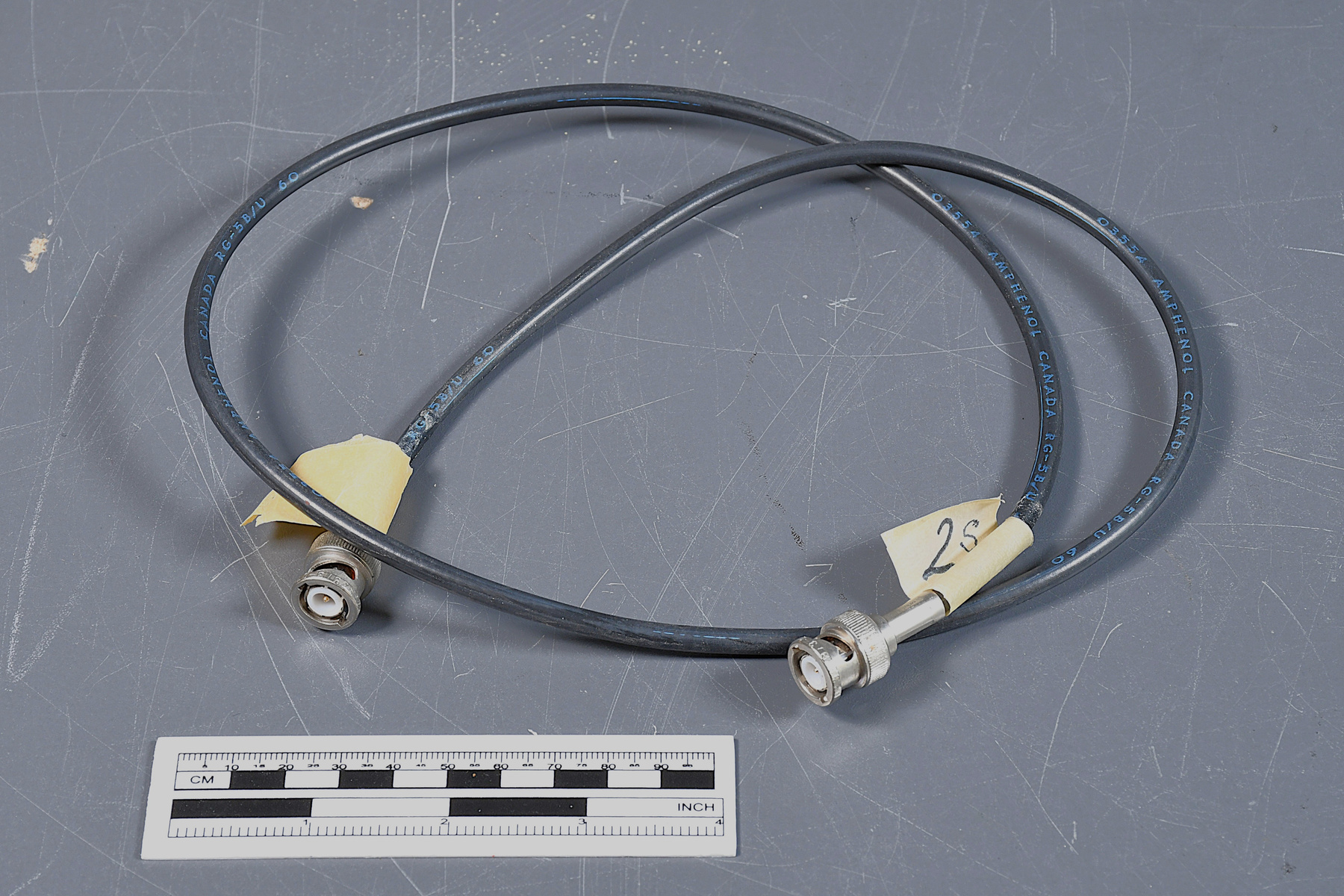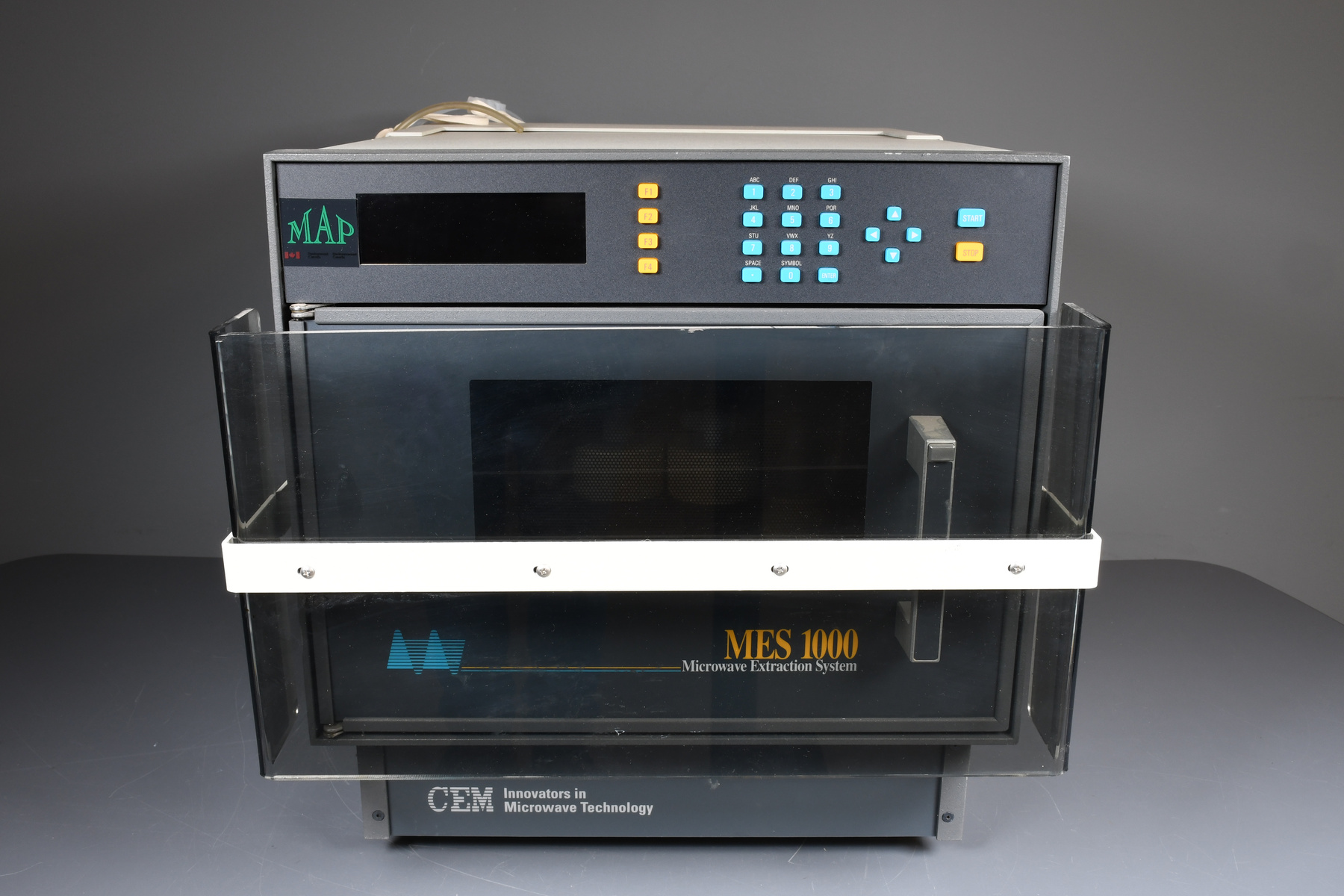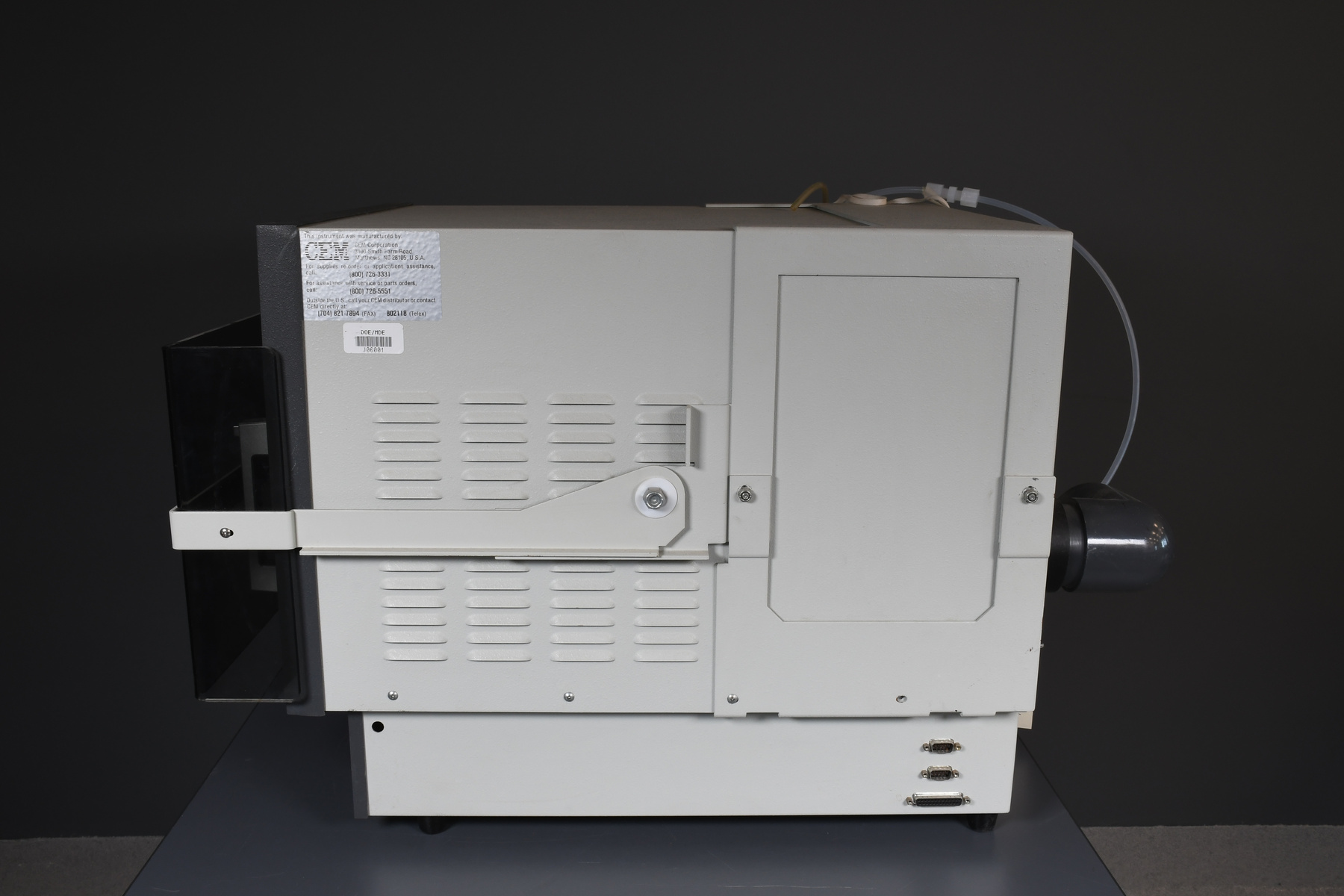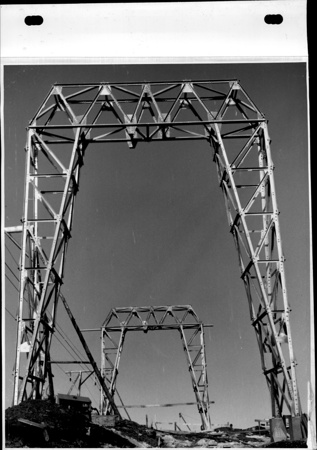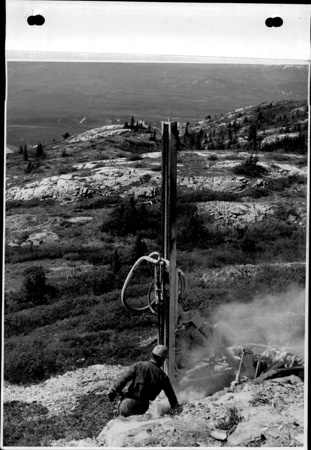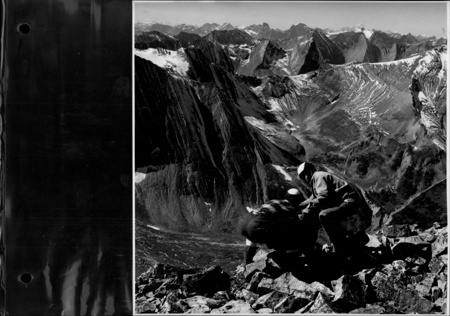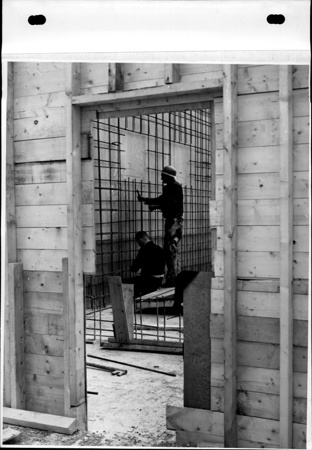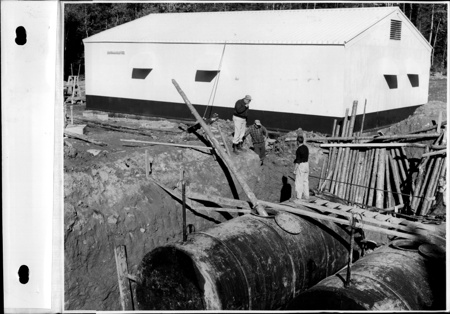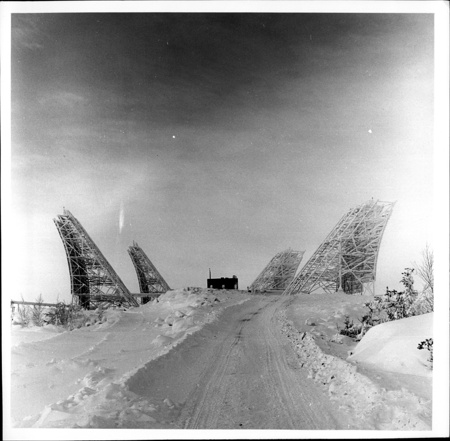Oven, laboratory
Use this image
Can I reuse this image without permission? Yes
Object images on the Ingenium Collection’s portal have the following Creative Commons license:
Copyright Ingenium / CC BY-NC-ND (Attribution-NonCommercial 4.0 International (CC BY-NC 4.0)
ATTRIBUTE THIS IMAGE
Ingenium,
2008.1844.001
Permalink:
Ingenium is releasing this image under the Creative Commons licensing framework, and encourages downloading and reuse for non-commercial purposes. Please acknowledge Ingenium and cite the artifact number.
DOWNLOAD IMAGEPURCHASE THIS IMAGE
This image is free for non-commercial use.
For commercial use, please consult our Reproduction Fees and contact us to purchase the image.
- OBJECT TYPE
- N/A
- DATE
- 1988
- ARTIFACT NUMBER
- 2008.1844.001
- MANUFACTURER
- CEM Corporation
- MODEL
- MES 1000;920541
- LOCATION
- Matthews, North Carolina, United States of America
More Information
General Information
- Serial #
- ME 8081
- Part Number
- 1
- Total Parts
- 2
- AKA
- Microwave Assisted Processes
- Patents
- N/A
- General Description
- A laboratory oven (Microwave Assisted Processes - MAP) used in scientific laboratories. Une étuve de laboratoire (Procédé assisté par micro-ondes MAPmd) utilisé parmi des laboratoires scientifiques.
Dimensions
Note: These reflect the general size for storage and are not necessarily representative of the object's true dimensions.
- Length
- 75.0 cm
- Width
- 49.5 cm
- Height
- 49.2 cm
- Thickness
- N/A
- Weight
- N/A
- Diameter
- N/A
- Volume
- N/A
Lexicon
- Group
- Chemistry
- Category
- Laboratory equipment
- Sub-Category
- N/A
Manufacturer
- AKA
- CEM
- Country
- United States of America
- State/Province
- North Carolina
- City
- Matthews
Context
- Country
- Canada
- State/Province
- Unknown
- Period
- Unknown
- Canada
-
In the 1980s, Quebec-born scientist Dr. J. R. Jocelyn Paré (1959–2022) developed a powerful method for extracting compounds and chemicals in various laboratory contexts. This spawned an entire field called MAP (Microwave Assisted Processes). MAPs are used in life sciences, geology, and many industries. They have become quite useful in environmental sciences and applications due to their ability to study and extract contaminants. Paré obtained his B.Sc. from McGill University (1980) and a Ph.D. from Carleton University (1984). He spent most of his career as a scientist in the Canadian federal government. Dans les années 1980, le scientifique Québécois Dr. J.R Jocelyn Paré (1959-2022) a developpé une méthode puissante pour extraire des composés chimiques dans différents contextes de laboratoires. Ceci a débuté un nouveau champ d'études nommé "procédé assisté par micro-ondes" (MAPmd). Les MAPmd sont utilisés dans la science de la vie, la géologie et plusieurs autres industries. Ils sont devenues utiles dans les sciences environnementales grâce à son habileté d'étudier et d'extraire des contaminants. Paré a obtenu son B.SC. de l'Université McGill en 1980 et son doctorat de l'Université Carleton en 1984. Il a passé la majorité de sa carrière en tant que scientifique au niveau du gouvernement fédéral du Canada. - Function
-
To use microwave energy to select and extract compounds and chemicals in the diverse laboratory contexts. Cet instrument utilise l'énergie micro-onde pour choisir et extraire des composés chimiques dans différents contextes de laboratoires. - Technical
-
This is reputed to be the “very first unit of its kind” from the early MAP work of the late 1980s and early 1990s. Cet instrument est réputé en tant que le premier appareil de ce type dans le travail de procédé assisté par micro-ondes à la fin des années 1980 jusqu'au début des années 1990. - Area Notes
-
Unknown
Details
- Markings
- On the front: " MAP /. ENVIRONMENT CANADA ENVIRONNEMENT CANADA /. MES 1000 /. MICROWAVE EXTRACTION SYSTEM /. CEM /. INNOVATORS IN /. MICROWAVE TECHNOLOGY " The manufacture plate reads in part: " THIS INSTRUMENT WAS MANUFACTURED BY: /. CEM CEM CORPORATION " The hazard labels on the back of the unit read in part: " CAUTION: HIGH VOLTAGE /. WARNING /. HIGH ELECTRICAL VOLTAGES AND MICROWAVE RADIATION COULD BE /. HAZARDOUS IF IMPROPERLY SERVICED. (...) DANGER /. DISCONNECT ELECTRICAL POWER BEFORE SERVICING " On the bottom right side of the unit: " FLUSH RELIEF /. OPEN /. NEUTRAL "
- Missing
- On the back and both sides of the unit, it appears some screws may be missing. Il est probable qu'il manque des vis au derrière et sur chaque côté de l'appareil.
- Finish
- The unit has a mostly solid beige coloured metal body. The front of the unit has a charcoal coloured metal surface. The front of the unit has a rotating plexiglass protecting the front panel held up by a beige metal bar with metal screws. The top panel has a black rectangular screen along with yellow and blue buttons indicating various functions. The main front panel door has a silver and blue push-button handle door as well as yellow and white text. The front base of the unit also has white text. The proper left side of the unit has a silver manufacture plate with black text. The left side also has numerous silver metal screws, three port connectors and a series of four columns of ventilations slots. The back of the unit has five columns of ventilation slots. The back also has five paper warning and caution labels. There is a silver fan opening above a charcoal coloured pipe fitting connected with a synthetic white translucent tube which is connected to the right side of the unit. A synthetic light yellow translucent tube runs from the top surface of the unit into an adapter on the right side. The right side also has a small black serial and model plate, four ventilation columns and a black synthetic rotating knob. The right side also has a silver fan opening. The unit is set onto four rubber pegs. L'unité a un corps en métal majoritairement beige. Le devant de l'unité a une surface en métal en couleur de charbon. Le devant de l'unité a une couverture de plexi-verre qui protège le panneau principal et est soutenue par une barre en métal beige avec des vis en métal. Le panneau du haut a un écran noir rectangulaire avec des boutons jaunes et bleu qui indique différentes fonctions. La porte principale sur le panneau a une poignée avec bouton argenté et bleu ainsi de l'écriture jaune et blanche. La base du devant a aussi de l'écriture blanche. Le côté gauche de l'unité a une plaque du manufacturier argenté avec de l'écriture noire. Le côté gauche a aussi plusieurs vis argentées métal, trois ports de connexion et une série de quatre colonnes de fentes de ventilations. Le derrière a cinq étiquettes de danger en papier. Il y a une ouverture de ventilateur au-dessus d'un tuyau à couleur de charbon qui est attaché à un tube synthétique blanc translucent qui est attaché au côté droit de l'unité. Un tube synthétique jaune pâle translucent est attaché au haut de l'unité vers un adapteur sur le côté droit. Le côté droit a aussi une petite plaque de modèle, quatre colonnes de fentes de ventilations et une poignée synthétique noire synthétique qui tourne. Le côté droit a aussi une ouverture de ventilateur argenté. L'unité est soutenue par quatre chevilles en caoutchouc.
- Decoration
- N/A
CITE THIS OBJECT
If you choose to share our information about this collection object, please cite:
CEM Corporation, Oven, laboratory, circa 1988, Artifact no. 2008.1844, Ingenium – Canada’s Museums of Science and Innovation, http://collection.ingeniumcanada.org/en/item/2008.1844.001/
FEEDBACK
Submit a question or comment about this artifact.
More Like This












